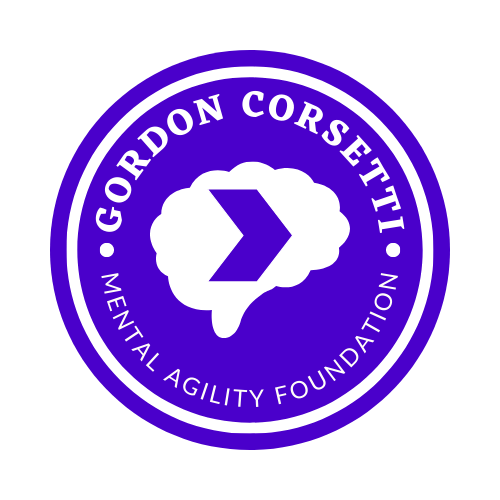Why Getting Nervous Around Bunches of People Makes Sense
/I abhorred crowds. Now I tolerate them. Why the former and how did I arrive at the latter?
Much of my knowledge about evolutionary psychology comes from reading Dr. Robert Sapolsky, Daniel Dennett, Sam Harris, and other biologists, ethicists, and philosophers. Recently I came across an idea that shook me because it explained my tendency to shy away from crowds.
Imagine yourself in a tribe of your ancestors well before the invention of agriculture. You were fortunate to be born within a prosperous tribe of approximately 200-300 individuals. At this point in history your tribe is but a subset of homo sapiens that have collectively reached the tip of the food pyramid.
You and your fellows are the apex predators on planet Earth. Thanks to a brain that can think long-term, plan for potential calamities, and communicate just enough for collaboration to be possible in defense of the tribe and to attack prey. Sure a poisonous snake bite spells an early death for an unlucky friend, and every now and again a hunter is trampled by a herd of water buffalo, but, for the most part, there are no predators that can readily challenge a prepared band of homo sapiens.
Having overcome most of humanity’s predatory threats, what should concern us the most? Your fellow tribesmen and women.
This is easier to understand by way of analogy: consider an oak seed that had the misfortune of settling next to a mature oak. The seedling may sprout, but it does not have a chance to grow under the canopy of the older oak. It will wither and die while its aged counterpart stretches its roots deeper, grows its branches wider, and takes up even more of the available resources.
Liebig’s Law of the Minimum states that “growth is dictated not by total resources available, but by the scarcest resource.” Combine this law with the understanding that the fiercest competition for resources comes from the members of your own species, and you have a first-rate rationale for why the most deadly threat to one human is another human.
When I feel my nerves building in a large crowd I like to remind myself that my brain is priming me to identify social threats, but because I’m living in a modern world with a stone age brain there is far too much data for my brain to process. A few weeks ago I attended a gala to conclude the NASO summit in Spokane, WA. There were approximately 500 people in the room. That is about the size of a typical band of my hunter-gatherer ancestors.
Oh, and I knew, suppose I’ll be generous, maybe 20 people out of the 500 in the room. Whereas my ancestors lived in a tribe of no more than 500 and they knew everyone.
They knew those who were trustworthy, helpful, supportive, and those that were devious, violent, and unpredictable. You likely see the thrust of my argument - modern life is not supported by our hunter-gatherer brains. While I enjoyed a delightful program during the gala my brain worked overtime. Trying, and failing, to identify characteristics in the 480 strangers that would help me interact with them in a way that would improve my survival odds.
Then it would repeat that failing attempt at the airport, at work, at the movie theater, at a concert, at a… you get the idea.
No wonder we see everyone buried in their phones, but I believe that is even worse! A crowd of 500 strangers is one thing. The internet is a crowd of 3.7 billion strangers, and growing! I wonder if we are seeing an increase in anxiety in younger people not because of comparing themselves to Insta-famous people, but because they’re connected to more people than their brains can parse.
If you are battling anxious thoughts in crowds please remember that these feelings are a normal consequence of being in a world that has outraced the development of your brain. Some day we may evolve a better means of navigating the increasingly complex social world of a connected, global humanity. Until then, I’ll do my best to write and speak about strategies to keep your head even while it begs to run out of the room.





